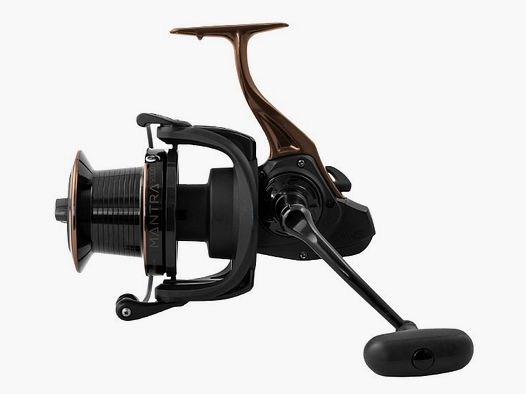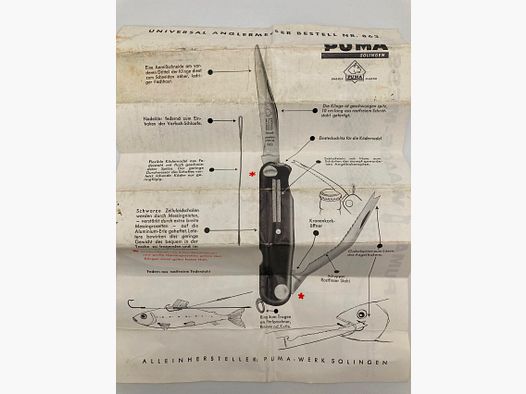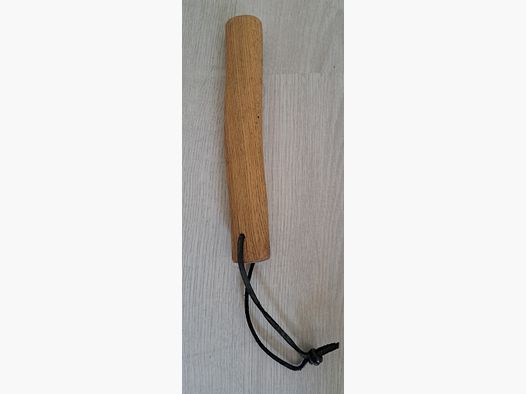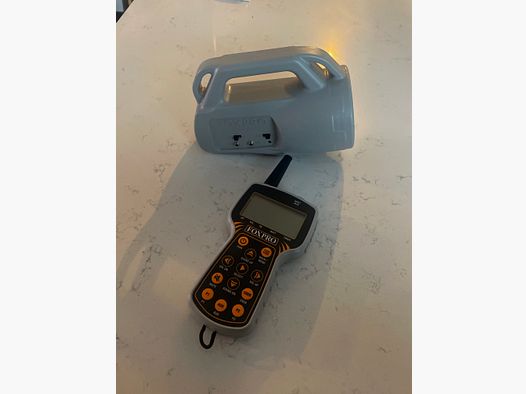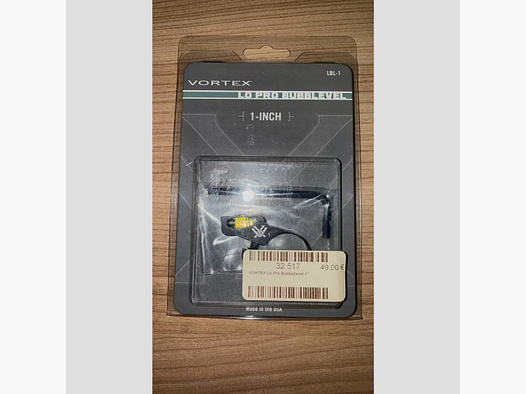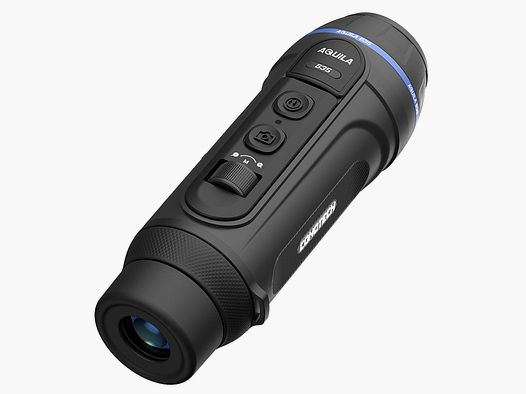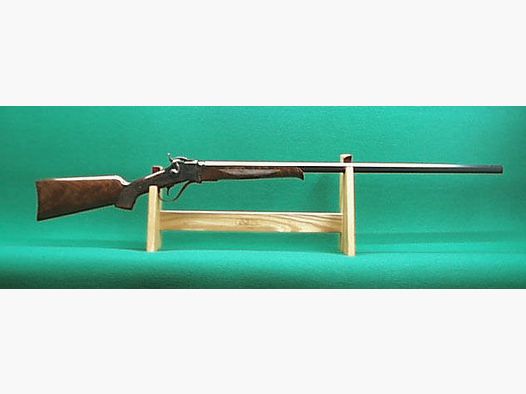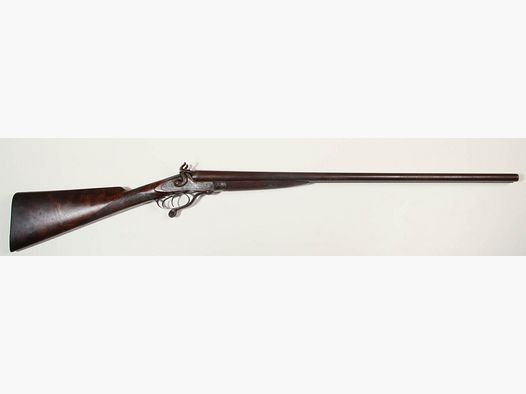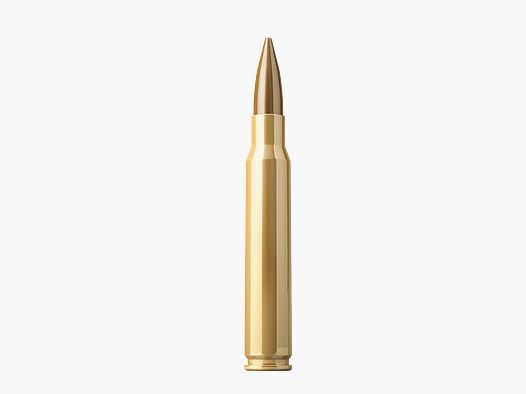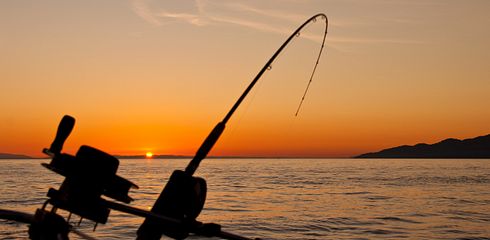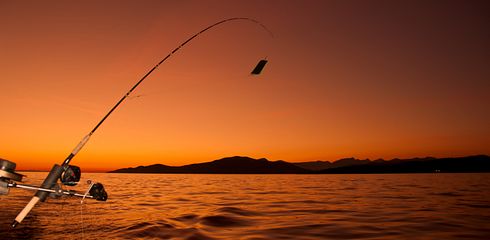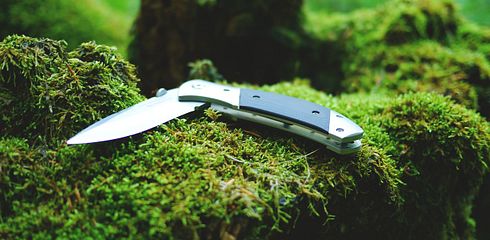Fly fishing is not just a fishing technique, but a true art form that requires patience, precision, and a solid understanding of fly fisher equipment. The fascination of this sport lies not only in catching fish but also in the process of casting an artificial fly onto the water and mastering the techniques to attract the fish's attention. In this article, we take a detailed look at the essential components of fly fisher equipment.
The Fly Rod:
The fly rod is the centerpiece of fly fisher equipment. These rods are specifically designed for fly fishing and differ in their length, casting power, and action. The length of the rod affects the leverage and accuracy of the cast, while the casting power determines the rod's ability to cast different fly sizes. The action refers to the bending curve of the rod and determines how quickly the rod straightens after the cast. Fly rods are available in various classes, from light "3-Weight" rods for small streams to heavier "8-Weight" rods for larger waters and bigger fish.
The Fly Reel:
The fly reel is crucial for holding the fly line and regulating the line release during the fight with a fish. Modern fly reels are typically designed as "Large Arbor" reels, meaning that the line spool has a larger diameter. This allows for faster line retrieval and reduces the risk of line tangles. An efficient drag system is also important to regulate the pressure during the fight with a fish.
The Fly Line:
The fly line is available in various weight classes and must match the fly rod. It is specifically designed to transfer the flying bait (the fly). There are different types of fly lines, including floating, sinking, and sink-tip lines, which are suitable for different fishing conditions.
The Flies:
The fly is the imitation that is meant to entice the fish to bite. There are countless types of flies, from dry flies that float on the water's surface to wet flies and streamers that are fished underwater. The choice of the right fly depends on local conditions, the species of fish, and the feeding habits of the fish.
The Accessories:
In addition to the basic elements, there is a wealth of accessories that complete the fly fisher equipment. These include fly boxes to organize and protect the flies, leaders in various strengths and lengths, tools like tweezers and scissors for tying or changing flies, as well as polarized sunglasses that help improve visibility of fish in the water.
Conclusion:
Fly fishing is more than just a hobby; it is a passion that combines technique, knowledge, and a connection to nature. The right fly fisher equipment plays a crucial role in this. From choosing the right rod and reel to the right fly and matching accessories - every aspect is important to being a successful fly fisher. Ultimately, however, it is not just about the catch, but also about the experience of nature and the joy of the art of fly fishing.



